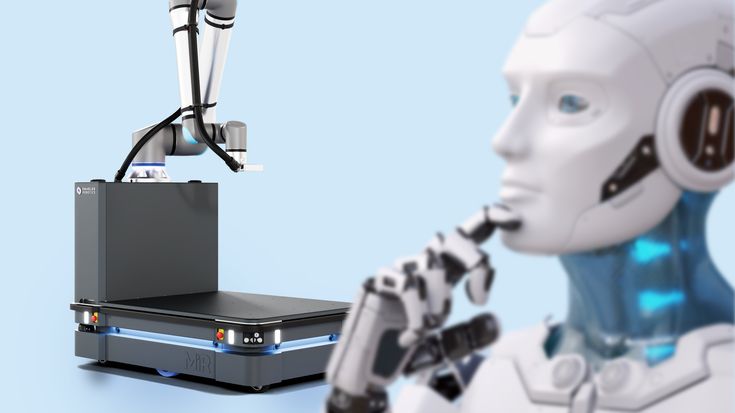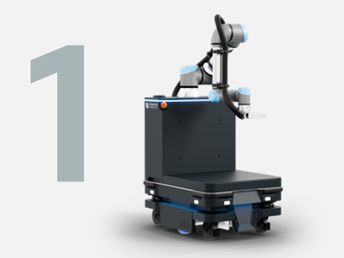Manufacturers are facing mounting pressure: labor shortages, skill gaps, and aging workforces, while responding to fast-changing market conditions. In many environments, traditional automation is approaching its limits. What will it take to build a resilient, future-ready industry? Read this blog and download our latest whitepaper to find out.
We believe that collaborative robotic technology can be used to benefit all aspects of task-based businesses – no matter what their size.
We believe that the latest collaborative robot technology should be available to all businesses. The nominal investment cost is quickly recovered as our robotic arms have an average payback period of just six months.







